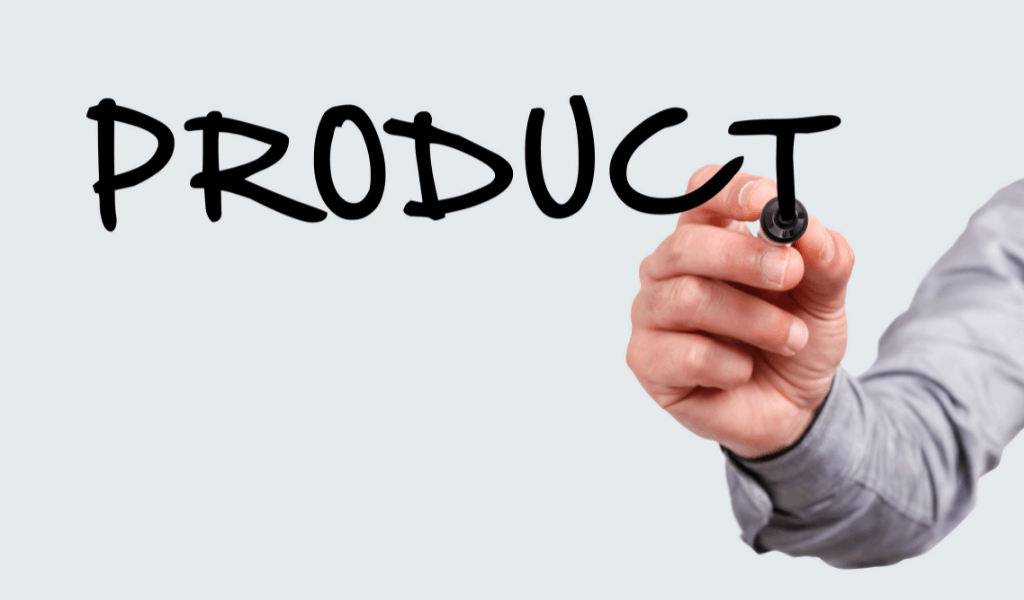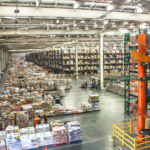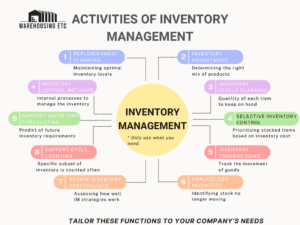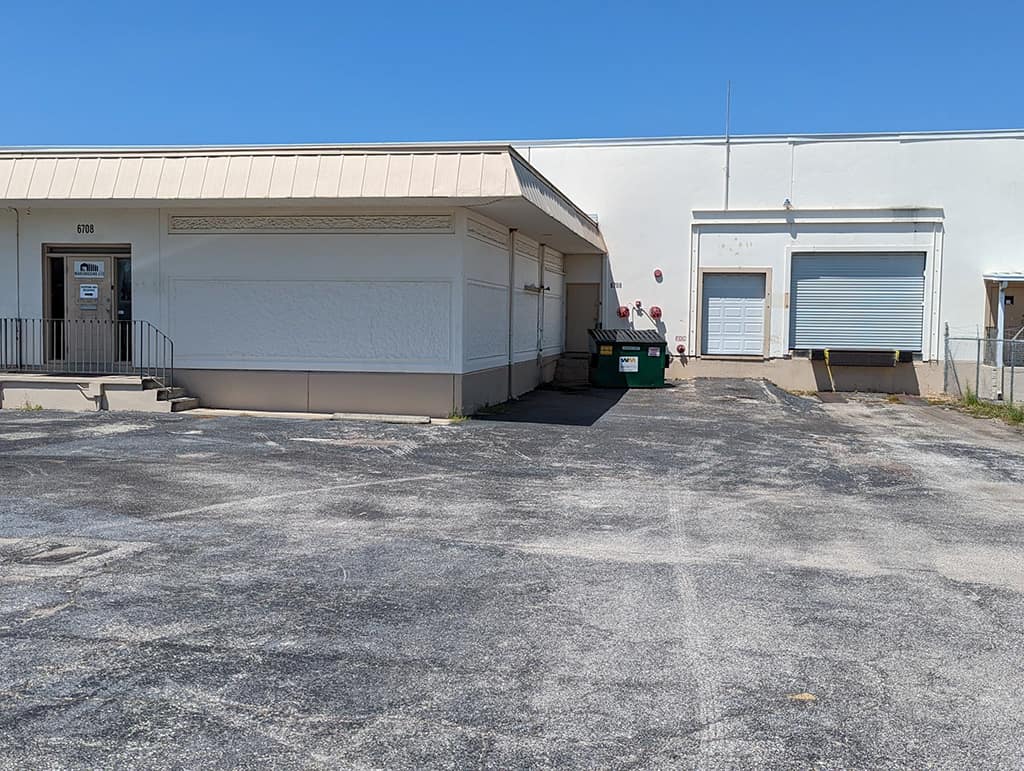Details you need to price fulfillment services between providers
Are you thinking about outsourcing your fulfillment services? You may even be contacting 3PL providers already to learn about their services and pricing. There are a lot of fulfillment providers to choose from, and little to no information about how to find the right one. A critical step is developing a full scope of work for your needed fulfillment services before contacting potential providers for pricing. You must know what services you need, when you need them, how often you need them, and more.
Fulfillment providers expect you to know a lot of information about your products and operation. It is difficult to describe your needs to a potential partner if you have not clearly defined them. Another challenge is that fulfillment providers often speak using terms and wording that don’t communicate well to someone outside of the warehouse sector. To top it off, many fulfillment service providers are unfamiliar with their customers’ business models and fail to meet customer expectations once selected as a provider. You can help to make the process better!
Create a detailed scope of work for the fulfillment services you need by working through the below points for yourself. This helps to avoid miscommunications with potential providers and to streamline the process of finding the right fulfillment service provider.
How do you price fulfillment services?
Fulfillment services are priced differently by each provider, but their rate structures are all similar. Most fulfillment services are priced based on Transactions, Work performed, Materials used, and Recurring fees. Transaction fees are for the movement of goods in and out of the warehouses. Work performed charges are for the tasks completed to process specific jobs that need done such as picking and sorting. Materials used charges are to cover the cost of materials that the warehouse must use to do your jobs. Recurring fees are for expenses you incur each month from the provider for things like Account Management, Warehouse and Inventory Management, Storage, and other similar fees.
The exact price of fulfillment services depend on many factors, including but not limited to: geographic location, local demand, services required, volume, and special requirements. In demand warehousing cities and high cost labor areas are likely to be more expensive for fulfillment services. Similarly, specialty or time consuming warehousing services are likely to be more costly than simple and quick jobs. If you get pricing that seems too high or too low, contact 2 to 3 other providers in the area to see how their rates compare.

For accurate pricing when comparing fulfillment service providers, it is important that each provider is given the same details and criteria to generate their quoted pricing. Answer these four questions to make sure you have the information you need to get accurate pricing from fulfillment service providers.
Questions to answer before pricing fulfillment services
- What are the warehouse services you need from a 3PL provider?
- What is the fulfillment forecast for your operation?
- What are the product characteristics of your goods?
- What other requirements need considered?
What are the warehouse services you need from a 3PL provider?
The basic warehouse services provided by all 3PLs are receiving inventory, storing goods, and picking and packing orders. Services such as product kitting and bundling, repacking of goods, light assembly work, and product labelling are other common warehouse services. 3PL providers also offer many customized services to meet the unique needs of each client. Identify each unique warehouse service that you need a 3PL to provide for your operation.
Once each required warehouse service is identified, define the specific details of each defined service. Detailed warehouse service examples are helpful for the 3PL and you; the 3PL knows what type of work to expect and you know what you will be charged for before the work is completed. Provide as much detail as possible in the examples, even when you think the details are unneccesary.
For example, if the warehouse service you need is to unload a 40′ container for inventory receipt then define as many details as possible. Think about how many different SKUs are in the shipment, how many cartons in the container, how many cartons fit on a pallet during unload, and other crucial details.
Similarly if the warehouse service is direct to consumer (D2C) order fulfillment, what are the common characteristics of your D2C orders? How many items are on the order, who generates the shipping label, are additional inserts included in the shipment, are the items packed into a new carton for shipping, and other applicable details.
The goal is to define a written scenario that represents each of your most common warehouse jobs. Think of each scenario like a word problem in math class. After reading the word problem, you should know exactly what warehouse services need done and be able to calculate how much the job will cost to complete. After you have a detailed scenario outlined for each of the most common warehouse services you need, it is time to move on to defining how much of each service you need.
What is the fulfillment forecast for your operation?
The fulfillment forecast is the projected estimate of shipment and inventory volumes in your operation over a period of time. Fulfillment forecasts are used to estimate how much work the warehouse must do, how often the work is done, and how long inventory will sit in the warehouse. Accurate forecasts are important for finding a fulfillment partner that is able to handle your volumes now, and in the future.
Start by identifying how many total SKUs are stored and processed by the warehouse. Then estimate the volume of each inbound scenario you defined earlier. Once each inbound job is assigned an estimated volume, estimate the volume of each defined outbound scenario. Finally estimate how many total units or pallets you expect to have stored in the warehouse each month. Consider any seasonality or peak periods in your operation for all forecasting.
The goal is to give the fulfillment providers an accurate estimate of how much work you require and how much variety is in your operation. Clients with less SKUs and higher volumes are more desirable. They are likely to get more favorable rates and have an easier time finding a provider. Clients with many different SKUs or lower volumes may have difficulty finding an affordable fulfillment provider. Though favorable forecast data can improve 3PL rates and makes you a more attractive client, never inflate your forecasts unreasonably. Accurate fulfillment forecasts are required to get accurate fulfillment pricing and to find a long term fulfillment partner. Once the forecasts are defined it is time to outline the characteristics of your products.
What are the product characteristics of your goods?
Product characteristics are the defining attributes and details of goods. Notable product characteristics include dimensions, weight, # of units per carton, # of cartons per pallet, product commodity type, stackability, special storage or shipping requirements, and other product details. Rather than defining product characteristics for each SKU, it is effective to separate the SKUs into a few categories and then define details for only each category.
Product characteristics help the warehouse understand how many goods are stored, if the goods have special handling or storage requirements, and how much space the product will take up in the warehouse. Product that is not stackable, takes more space to store, or is fragile are likely to be more costly to store. Similarly product that requires a lot of handling is generally more costly to receive and/or pick.
The goal of defining the product characteristics is to let the warehouse get familiar with the requirements of the goods they are storing and handling. Product characteristics tell the warehouse how many products fit on a pallet, if special handling is required, and many more critical details to properly storing and handling goods. Once product characteristics are defined it is time to consider any other requirements of your operation.

What other requirements need considered?
Any other unique requirements must be considered as a final step to developing the scope of work for your outsourced fulfillment services. These requirements are not directly related to your products, volumes, or needed warehouse services. While other requirements may include any unique need to your operation, there are common requirements to consider.
The most common other requirement is the ability for the 3PL to integrate their system with the client’s order management system so that orders flow seamlessly to the warehouse for fulfillment. Integrating the order management system with the 3PL’s system means orders get fulfilled quickly and accurately with no manual order entry. Other requirements may include a warehouse in a specific geographic location, with certain operating hours, with cold storage, with racked storage, able to accept certain types of shipments, and any other criteria unique to your needs.
The goal is to identify all other factors that are critical for selecting the 3PL provider that is ideal for your needs. By identifying these critical factors before contacting providers you know exactly what questions to bring up early in discussions. These other requirements are often deal-breakers for clients, so bringing them up early makes it easy to eliminate the 3PL providers that are obviously not a good fit — saving time for everyone involved. With other requirements defined you now have all the details you need to make a full scope of work representing your needed fulfillment services. With the full scope of work complete, it is time to start contacting potential 3PL providers to find the best fit.
Bringing it all together
With so many fulfillment service providers it is difficult to sort through all the options to find the best fit for your operation’s needs at an affordable price. Before contacting potential providers it is critical to create a full scope of work describing the job(s) you need a 3PL to do for you. Start by identifying each of the warehouse services that are normally completed. Next forecast the volumes of these jobs. Then define the product characteristics of your goods so the warehouse partner knows what is being stored and handled. Finally define all other requirements you may have to ensure you find a long-lasting partner that fits your every need.
Finding an affordable fulfillment provider is easier when you have all your details organized and ready to review with potential partners.
Read more about calculating 3PL costs here.











